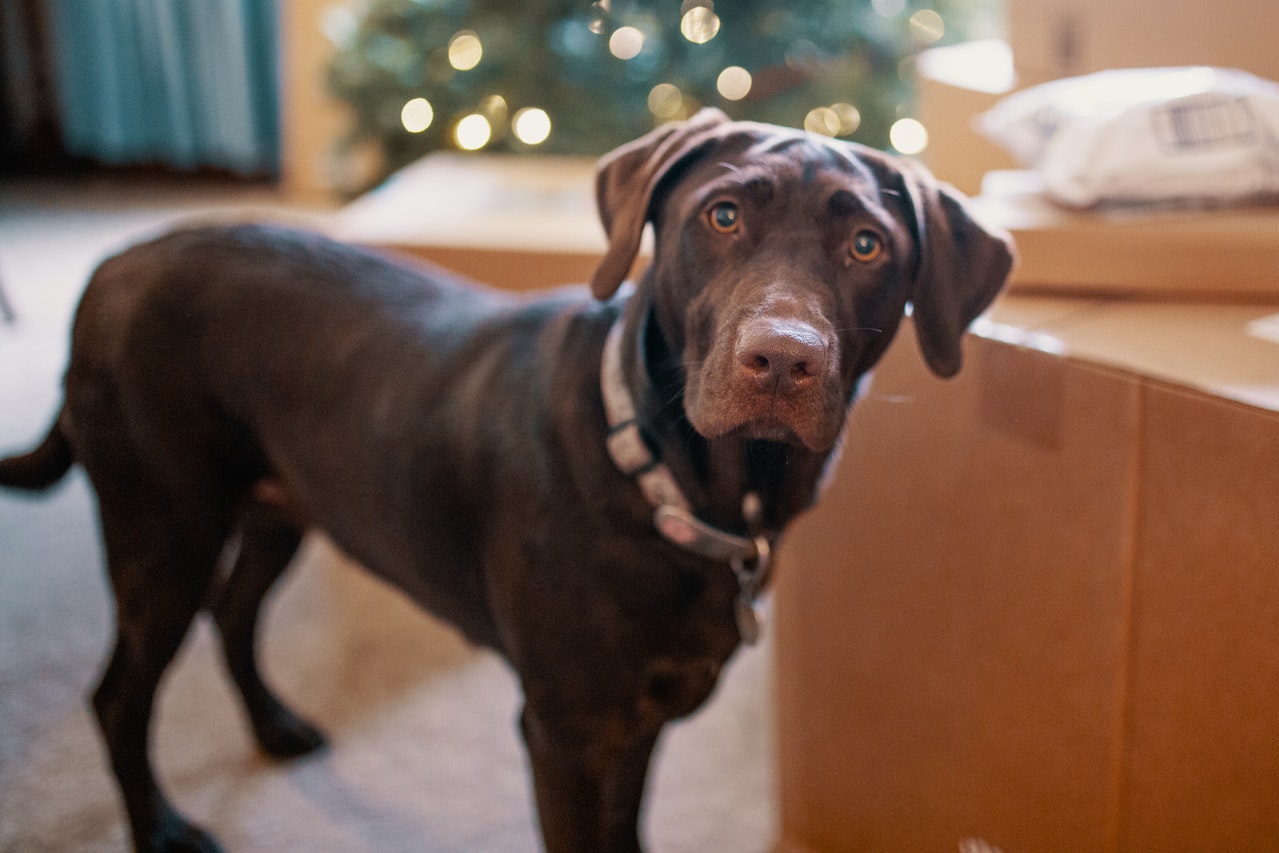How to Teach a Dog to Stop Jumping
Are you tired of your Labrador jumping all over you and your guests? Teaching a dog to stop jumping is an essential skill for any pet owner. Not only can constant jumping be annoying, but it can also become a safety hazard, especially if your Labrador is large or excitable. In this article, I’ll share some effective strategies to help you train your Labrador to stop jumping and maintain good manners.
Firstly, it’s important to understand why Labradors jump in the first place. Dogs often jump as a way to greet or seek attention from their owners or other people. They might do it out of excitement, boredom, or simply because they’ve been rewarded for this behavior in the past. To discourage jumping, consistency is key. Make sure everyone in the household understands the rules and follows them consistently.
One technique that can be effective is teaching an alternative behavior like “sit” when your Labrador wants attention. By redirecting their energy into sitting instead of jumping, you’re providing them with a more appropriate way to get attention and interact with people. Reward them with treats or praise whenever they choose to sit instead of jumping.
Positive Reinforcement Training Methods
Here are some positive reinforcement training methods that can help with teaching a Labrador (or any dog) to stop jumping:
- Reward-Based Training: Start by rewarding your Labrador whenever they greet you calmly without jumping up. As soon as they approach you with all four paws on the ground, offer them a treat or verbal praise along with gentle petting. This will reinforce the idea that staying calm leads to positive rewards.
- Redirecting Attention: Dogs often jump out of excitement or seeking attention. To redirect their behavior, teach your Labrador an alternative action like sitting or offering their paw. Whenever they start to jump, quickly cue them to perform the alternative behavior and reward them for following through.
- Consistency is Key: Ensure everyone in your household follows the same rules when it comes to interacting with your Labrador. Consistent reinforcement of desired behaviors and ignoring jumping will help your dog understand what is expected of them.
- Time-Out Technique: If your Labrador continues to jump despite consistent training efforts, use the time-out technique as a last resort. When they jump up, immediately turn away from them without any interaction or eye contact. Wait for a few seconds until they calm down before resuming attention or playtime.
- Seek Professional Help if Needed: If you’re struggling to teach your Labrador to stop jumping despite employing positive reinforcement methods consistently, consider enlisting the help of a professional dog trainer who specializes in behavioral issues.
Remember that patience and consistency are crucial when training dogs – including Labradors – to stop jumping. Positive reinforcement techniques not only foster better communication between you and your furry companion but also strengthen the bond you share.
Happy training! Final Tips for Success
Now that we’ve covered the basics of teaching your dog to stop jumping, let’s dive into some final tips to ensure success in this endeavor. These tips will help reinforce the training and create a positive environment for your Labrador or any other breed.
- Stay consistent: Consistency is key when it comes to dog training. Make sure everyone in your household follows the same rules and uses the same commands. This will prevent confusion and make it easier for your dog to understand what is expected of them.
- Reward good behavior: Positive reinforcement plays a vital role in shaping your dog’s behavior. Whenever your Labrador refrains from jumping up, be sure to praise and reward them with treats, toys, or verbal affirmation. This positive association will strengthen their understanding that not jumping leads to rewards.
- Redirect their energy: Dogs often jump out of excitement or excess energy. To address this, provide them with alternative outlets for their energy such as daily walks, playtime with interactive toys, or engaging in obedience training exercises. By channeling their energy into more appropriate activities, you can reduce the likelihood of jumping.
- Use visual cues: Alongside verbal commands like “sit” or “stay,” incorporating visual cues can aid in reinforcing desired behaviors such as sitting instead of jumping when greeting people at the door. For example, you could raise one hand palm-upward as a signal for them to sit calmly before receiving attention.
- Practice patience: Teaching your dog not to jump takes time and patience. Don’t get discouraged if progress seems slow initially – keep practicing consistently and rewarding good behavior consistently too! Remember that dogs learn at different paces, so stay persistent and celebrate small victories along the way.
Remember that every dog is unique, so tailor these tips to suit your Labrador’s individual needs and temperament. With dedication and a positive approach, you’ll soon have a well-behaved companion who greets guests with a wagging tail instead of jumping up. Happy training!
